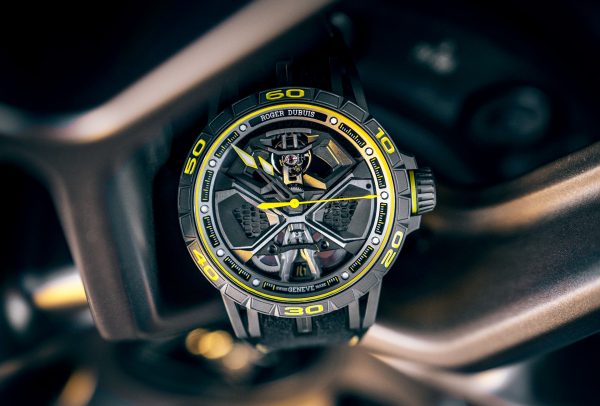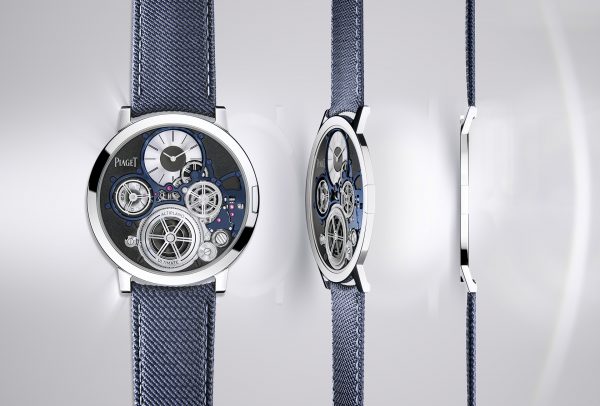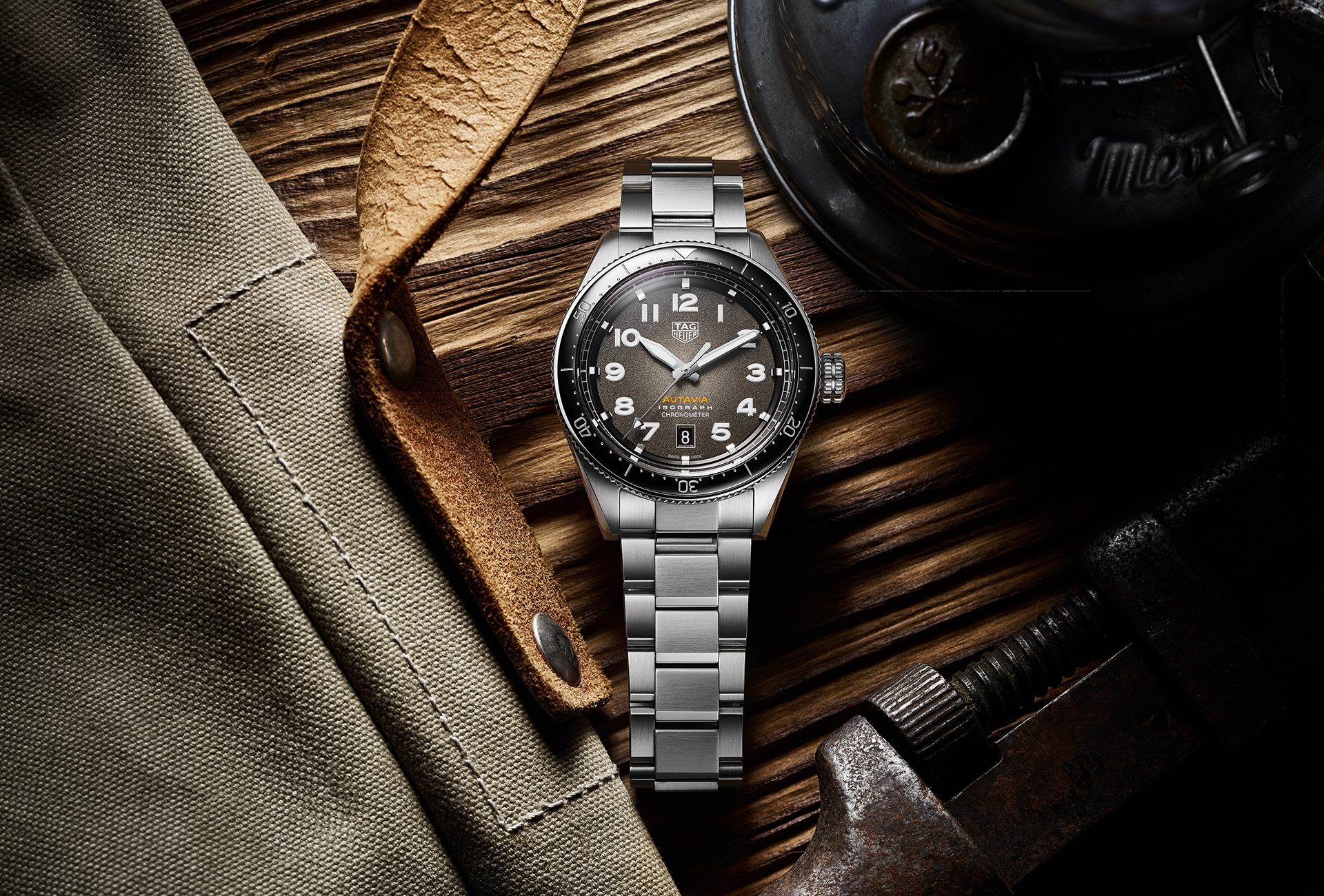How do we translate the sun’s position in the sky into numerals? Capture a time of day in a way that anyone can consult at any moment? Since the sundial, invention has been part of horology. Then, with the advent of complication watches, the first water-resistant, quartz or extra-thin models, and industrial manufacturing processes, watchmaking embraced technology. Today’s high-tech composites and smartwatches have launched a new era for Haute Horlogerie: that of hypertechnology. Without breakthroughs such as silicon, alloys or machining techniques, watches like Ulysse Nardin’s Freak or Zenith’s Defy Lab, components such as Girard-Perregaux’s Constant Escapement or TAG Heuer’s carbon composite balance spring would never have seen the light of day. Testing limits is intrinsic to the industry, from Rolex and its four hundred patents to TAG Heuer’s research institute, until 2020 led by Guy Sémon, a doctor in physics, or Hublot’s R&D division under Mathias Buttet.
Smashing through limits
Why this need to constantly push boundaries? From the aviation pioneers of old to today’s brand ambassadors, watchmaking is naturally inclined to accompany explorers, athletes and adventurers of all kinds with watches whose performance is constantly and dramatically improved. Racing drivers, skippers, footballers and tennis players are recruited for their fame and charisma but also their capacity to pulverise limits. Rafael Nadal is capable of smashing a serve over the net at 215 km/h… which explains why he needs a watch that’s light enough to wear during play and resistant enough to withstand this kind of shock treatment. A watch such as the RM 27-04 by Richard Mille whose calibre is supported by a woven steel mesh. In motorsports, the hunting ground of the Rolex Daytona since 1963 and of Roger Dubuis’ Excalibur Huracán since 2018, the challenge is to guarantee chronometers’ precision timing. Hence research into materials that improve the isochronism of the oscillator, and into lighter, stronger alloys.

And so it is that the athlete inspires the watchmaker to aim for the impossible and transcend time with cutting-edge instruments. Such timepieces appeal to a much wider public, too, less inclined to smash records. Like most fashion accessories, the hypertechnology watch has other ambitions: for us to fantasise. Put simply, it’s easier to strap on an Omega Speedmaster Professional, the first watch on the moon, in 1969, than to travel into space. Or to slip on a Bell & Ross Hydromax, water-resistant to 1,100 metres, than to explore the ocean’s deepest depths. The story behind these watches is so compelling that to wear them allows us, in part at least, to live the fantasy of intergalactic or underwater exploration.

This fascination with the extraordinary underpins the concept watches that defy the imagination. Like their automotive counterpart, they aren’t intended to reach markets but conquer new summits of innovation, though still with the objective that sooner or later these breakthroughs will make their way into production. The Piaget Altiplano Ultimate Concept is a case in point. Revealed as a concept watch in 2018, after a further two years of development it entered production. Other showstoppers include Cartier’s ID One and ID Two, as well as Audemars Piguet’s Royal Oak Concept Acoustic.
The advent of the man-machine
Any talk of hypertechnology has to include smartwatches. Like a bomb dropped on the watch industry, they can be traced back to tech-enabled clothing: T-shirts that change patterns at a click or yoga pants that vibrate if you’re holding a pose wrong. For a generation whose smartphone is an extension of themselves, what could be more practical than a wearable that tells the time and lets them surf the web, listen to music, pay for purchases, look at photos, calculate speed or measure heart rate? For anyone else, this is the beginning of the man-machine, a recurrent theme in science fiction from 2001: A Space Odyssey to Terminator, Robocop or Matrix.
What’s next? A superwatch with sufficient resistance and autonomy to join us in our space tourism adventures and send us a feed of “what to do” on Mars? As we look for ways to reinvent the future, hypertechnology in watchmaking could well become part of our new normal.



















